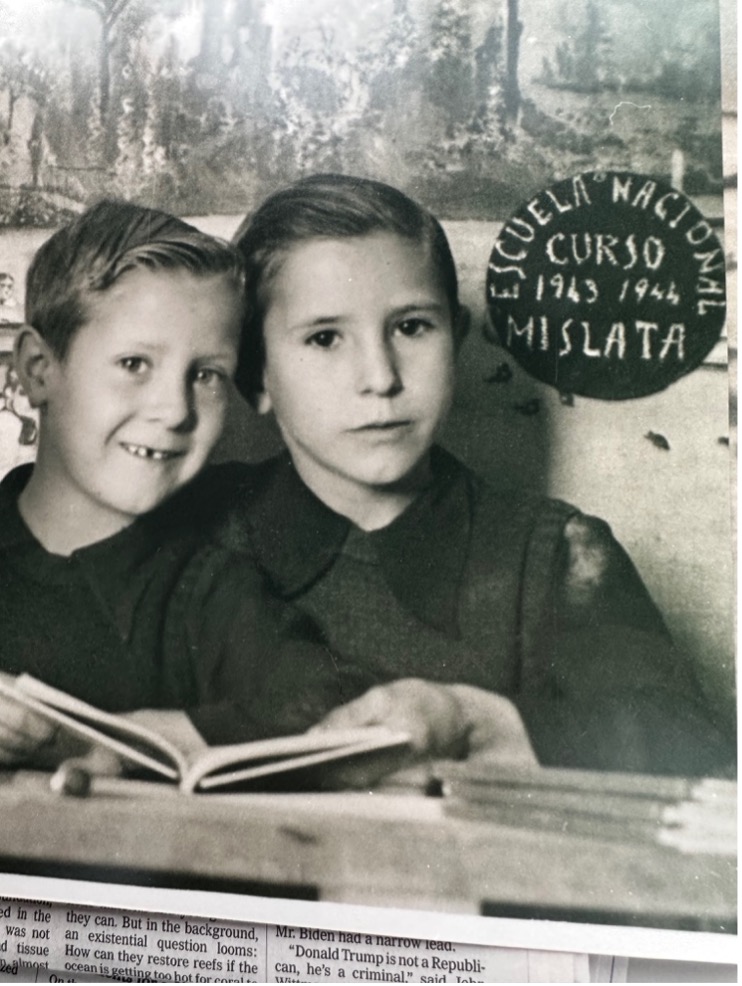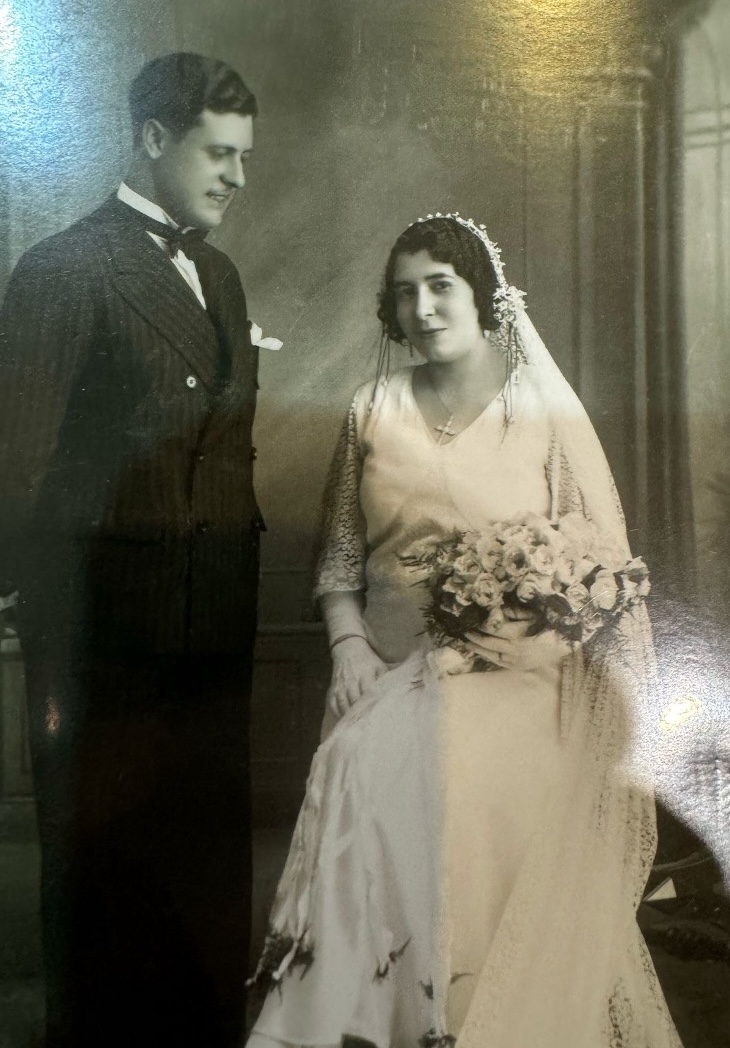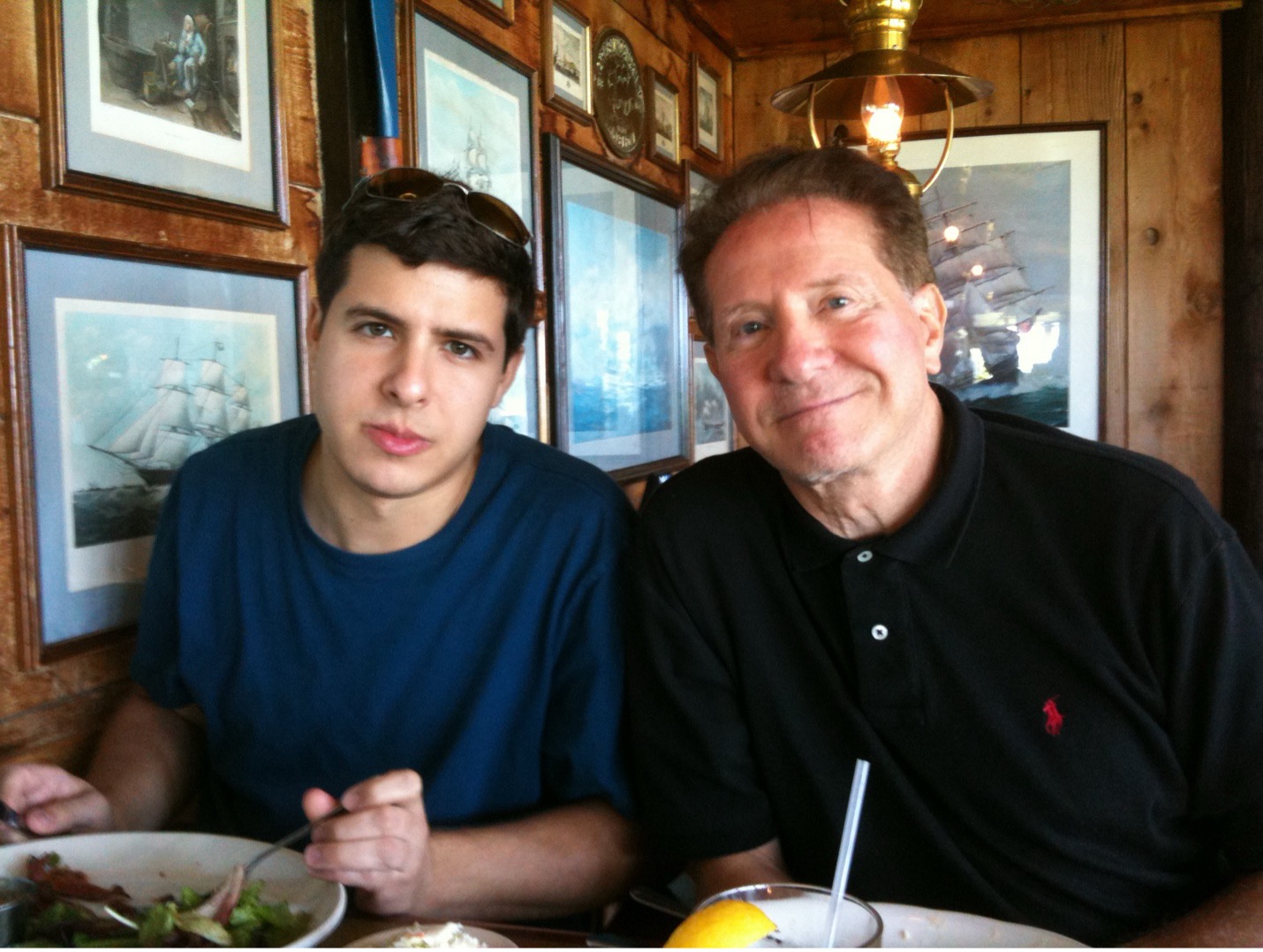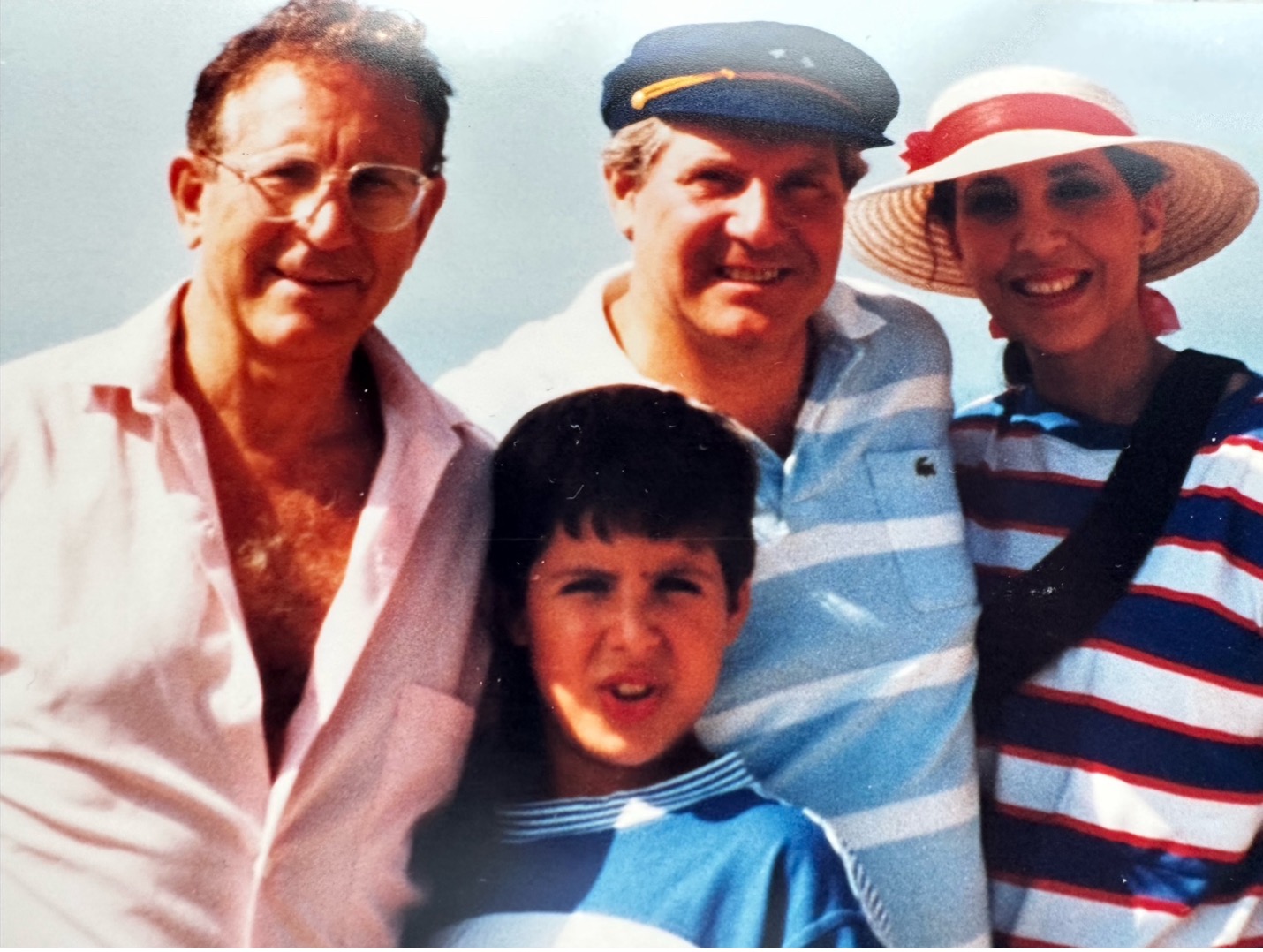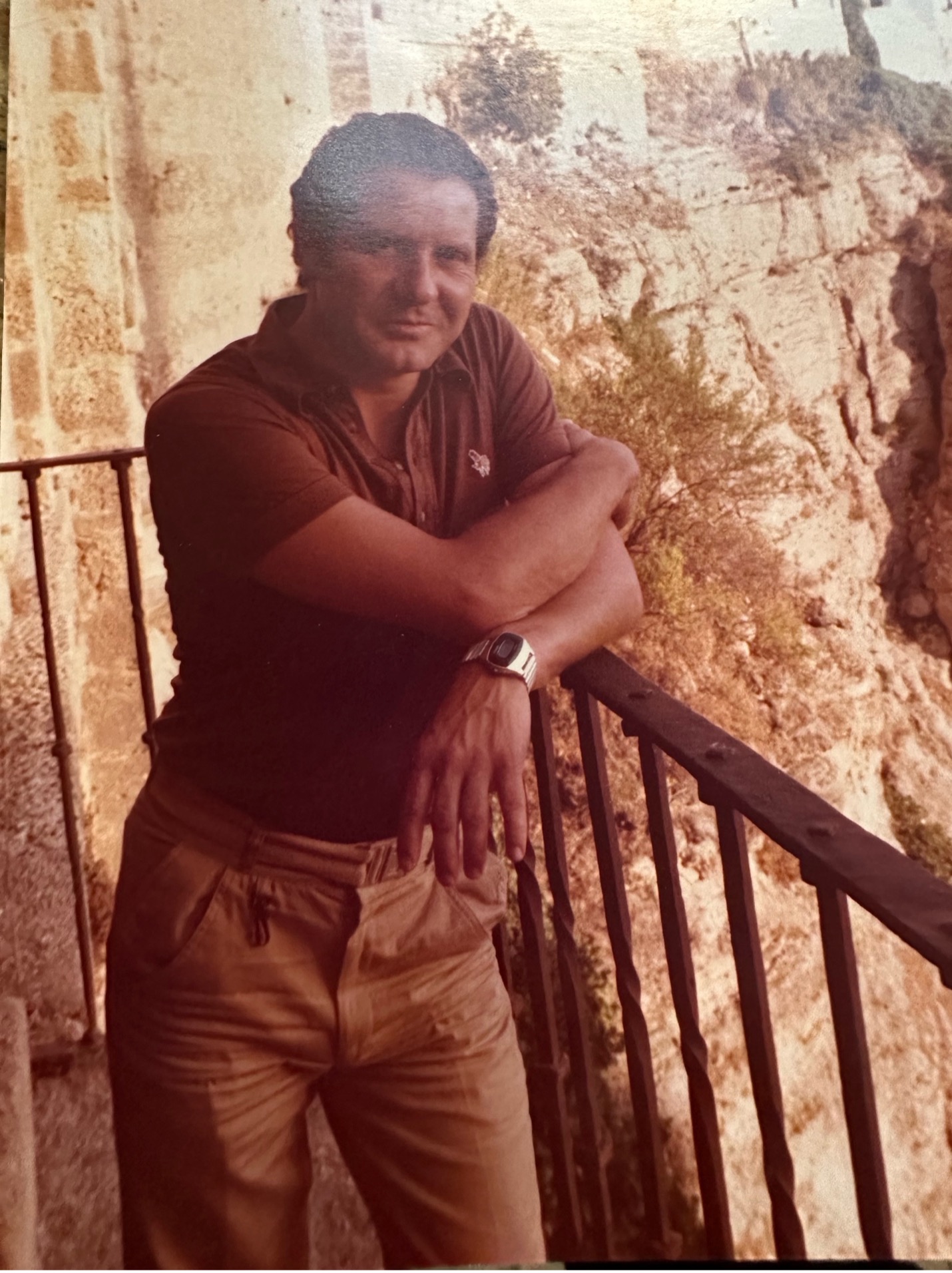A Psychiatrist's Journey
Across Borders and Cultures, from Silence to Wisdom—Learning the Power of Kindness, Courage, and Love
COMING SEPTEMBER 2025

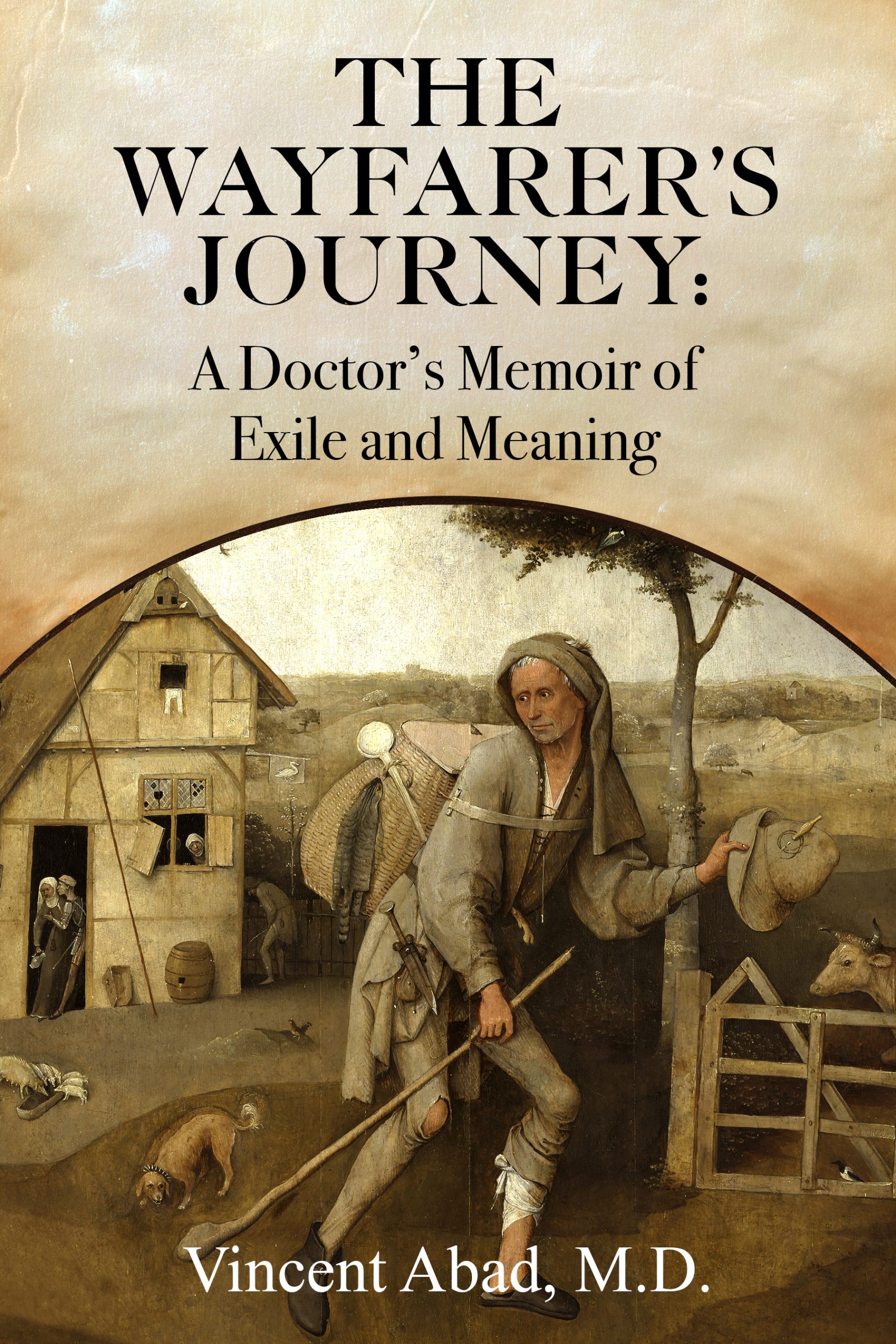
About the Book
Born amid the ashes of the Spanish Civil War and raised under the heavy shadow of Franco’s dictatorship, Vincent Abad learned early that questioning authority was both dangerous and necessary to awaken the soul. Even as a child, he carried a quiet flame of resistance—a yearning for truth, justice, and the freedom to live with integrity. That inner fire became his compass, leading him across borders, languages, and cultures in search of meaning and belonging.
The Wayfarer’s Journey traces the arc of a physician forged in exile—a psychiatrist whose moral clarity and humanistic vision shaped his path through five countries on two continents. From the alleys of Valencia to the locked wards of psychiatric hospitals in Spain, Switzerland, England, Canada, and the United States, Dr. Abad bore witness to suffering in its many forms. He came to believe that healing requires more than diagnoses or pills—it demands presence, humility, and the courage to see the person behind the symptom.
At Yale, he founded the institution’s first bilingual and bicultural mental health clinic for Latinos, championing a model of care rooted in cultural respect and compassion. Yet this memoir is far more than a record of professional milestones. It is a lyrical meditation on medicine, exile, and the human condition—a reflection on the invisible threads that bind identity, memory, and moral choice.
With philosophical depth and poetic precision, Dr. Abad asks the questions too often left unspoken: When does science betray the soul it vowed to serve? What does it mean to truly care for another human being? And how, in a fractured and noisy world, do we remain faithful to the values that sustain our shared humanity?
Intimate yet universal, The Wayfarer’s Journey is a testament to resilience, conscience, and the enduring search for wholeness. It speaks to seekers, healers, and all those who, at some point in life, have felt called to walk a different path—one guided not by fear or conformity, but by love, truth, and the longing to live a meaningful life.
About the Author
Vincent Abad, M.D., is a Spanish-born psychiatrist whose life and career span six countries, multiple cultures, and the political upheavals of the 20th and 21st centuries. A pioneer in cross-cultural psychiatry, he founded one of the first bilingual mental health clinics for Latinos in the United States. Over several decades, his work has supported immigrant families, trauma survivors, and veterans of war. The Wayfarer’s Journey is his first book.
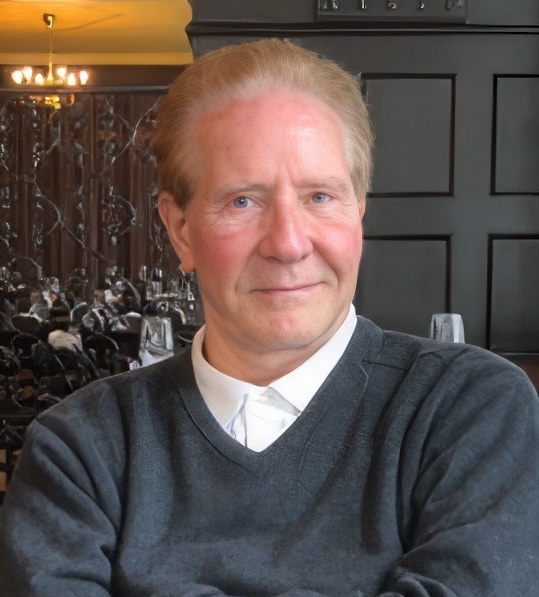
About the Cover
The cover of this book bears the image of The Wayfarer, also known as The Pedlar, painted by Hieronymus Bosch—an image that has long stirred something deep within me. This solitary traveler, rendered in muted tones and quiet tension, strides forward into an unknown world. He carries a bundle on his back and the dust of the road on his heels. His clothes are worn, his gaze uncertain, yet there is resolve in his step.
He walks not merely across a landscape but through the inner terrain of the soul.
Painted during the fervent religiosity of the Renaissance, Bosch’s wayfarer stands at a symbolic crossroads. To his right lies a narrow gate, perhaps the path of virtue and self-restraint. To his left stands a shadowed house, suggestive of pleasure, indulgence, and distraction. Viewers have long debated his identity. Is he the prodigal son, returning home at last, humbled by exile? Or is he still undecided, lingering between repentance and temptation, salvation and sin?
For me, he has become something larger.
He is every man and every woman.
He is the human soul in motion—wounded, restless, uncertain, yet compelled to choose.
When I first stood before The Wayfarer in the Museo del Prado, I was a young man searching for meaning, eager to interpret Bosch’s symbols with the tools of my trade: psychology, psychoanalysis, and the language of dreams. I imagined that his grotesque creatures and fantastical landscapes were expressions of the unconscious. But my childhood friend Emilio Pérez Sánchez—an art historian and then director of the Prado—stopped me with a simple truth. “You are seeing him through modern eyes,” he said. “Bosch was not painting dreams. He was painting warnings. He lived in a world where symbols had weight, where every bird, bridge, and broken shoe carried moral consequence.”
To Bosch’s contemporaries, this painting was a mirror of the soul’s struggle between heaven and hell. Today, many of us no longer believe in such literal realms. Yet the crossroads remain.
We may no longer fear damnation, but we still wrestle with choices that shape our character and affect those around us. Do we walk the narrow path of compassion, restraint, and justice? Or do we drift toward comfort, ego, and desire, forgetting the suffering of others?
In a secular age, The Wayfarer is no less spiritual. He reminds us that the journey is inward as much as outward. His burden is the weight of our past. His direction is uncertain, as ours so often is. And still, he walks.
Like Bosch, I see the world not only as it appears but as it trembles beneath the surface—where conscience speaks softly, where temptation whispers, and where grace still flickers like a lantern in the dark.
That is why this image graces the cover of my memoir. This book, too, is a journey. And each of us, in our own way, is the wayfarer.
